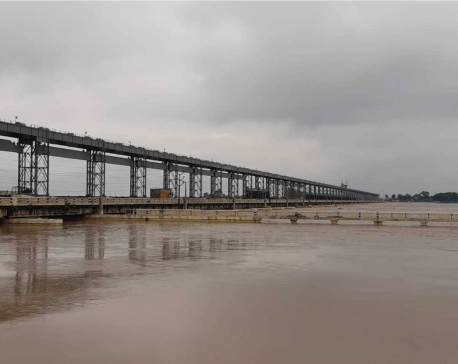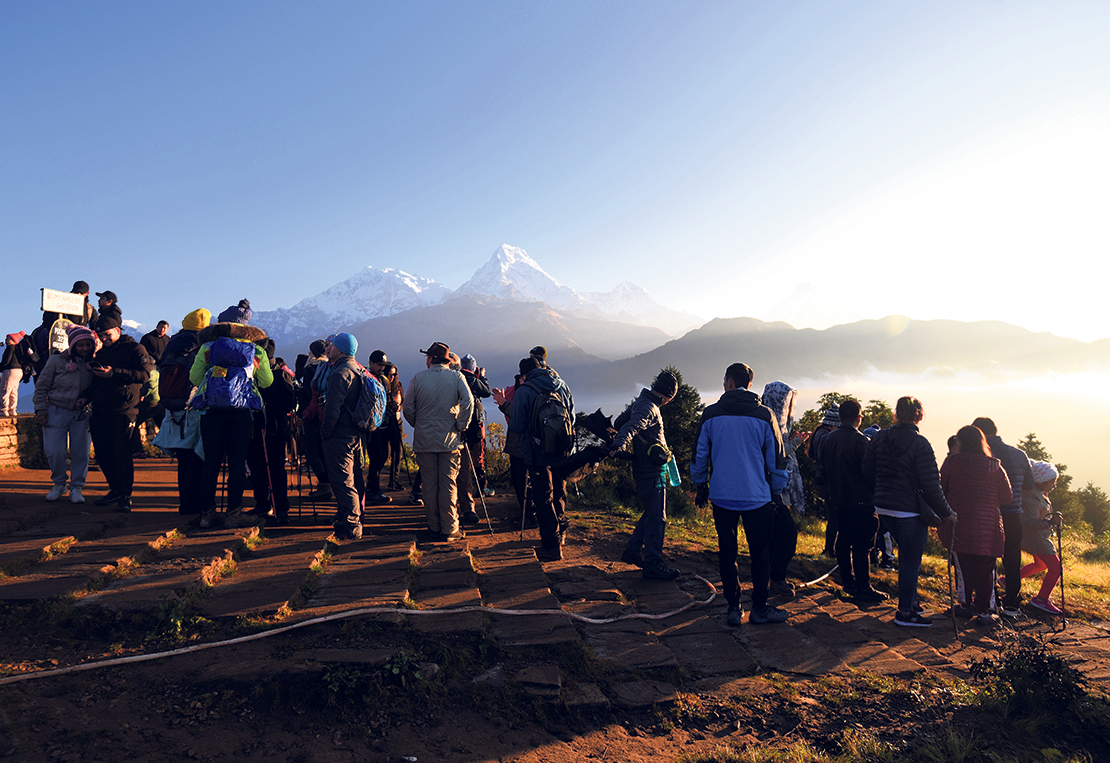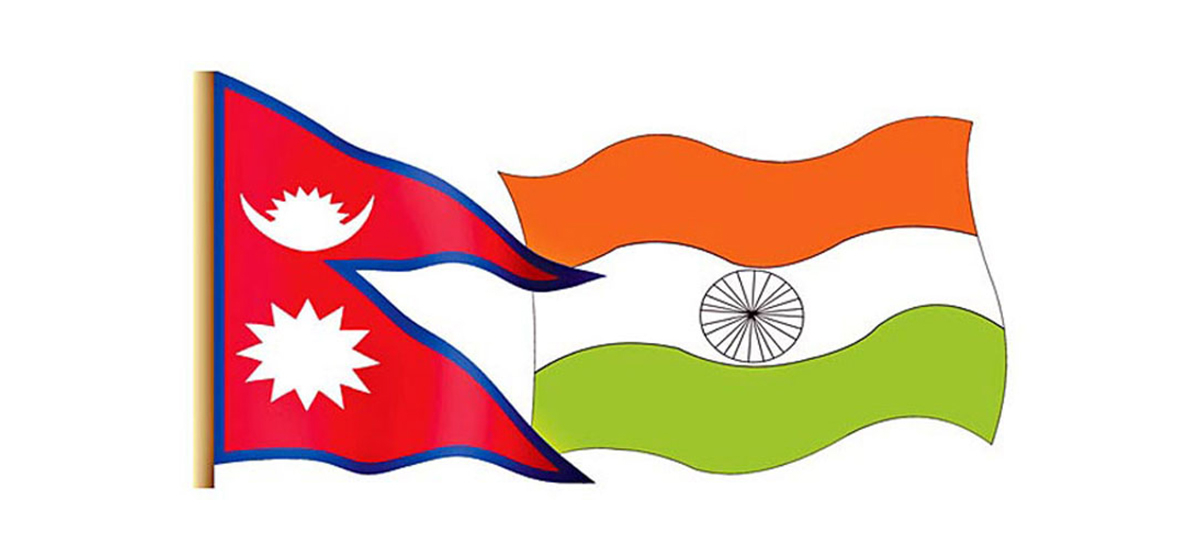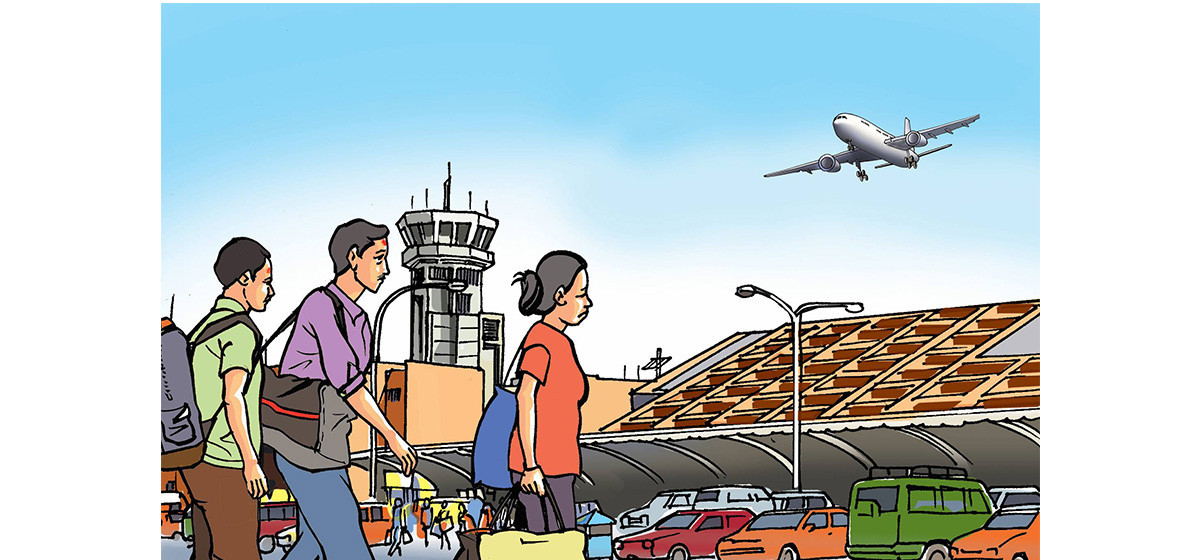
OR
When floods and inundations wreak havoc in Nepal’s Tarai plains and elsewhere the issue raised every year is about illegally built structures—dams, embankments, roads etc. It happened this year too. One of the causes that aggravated flooding and inundation in Tarai has been identified as India-built embankments along the border areas. Rightly, calls have been made to both India and Nepal to sit together to resolve this perennial concern. Ministry of Foreign Affairs has committed that it would hold a negotiation with India in this regard. But the problems, it seems, run deeper than we generally think. The State Affairs Committee of the parliament has found that embankments in the flood-prone southern plains were constructed on the basis of access to the corridors of power rather than as per the need on the ground and this has led to flood risks in the settlements of economically deprived communities. The parliamentary committee made this assessment after making a field visit to inundation affected areas in different parts of the country. It states how Janata ko Tatbandha project raised embankments in response to those with political clout instead of the needs on the ground. This project was meant to be carried out with popular participation in order to reduce erosion and inundation from various 14 big rivers in Tarai.
The parliamentary committee report has also suggested issuing a directive to the government to take diplomatic initiatives to bring flooding and inundation in Nepal-India border areas under control. It says that embankments constructed on the Indian side of the border have been causing inundation on the Nepali side and soil erosion on the Indian side and therefore both countries should take diplomatic initiatives to resolve the issue. This is something the government needs to heed and act on. For the fact remains that these embankments have affected people of both India and Nepal’s plains. When the source of suffering for people of both countries is the same, it should be enough reason for the governments of both countries to take the matter seriously and resolve it. It only requires sensitivity from these states for the people who suffer and they should take it upon themselves to minimize damage to settlements on both sides, as much as possible. This does not seem to be happening. In fact, illegal embankments become an issue only when the floods and inundation kill and destroy the settlements. The whole issue is forgotten soon after rainy season is over.
At a time all three tiers of the government are functioning, it should not be difficult for them to establish coordination among themselves to work together on flood issues. Only if encroachment around rivers is stopped and actions are taken against those who build such structures illegally, some damages will automatically be minimized. Stopping haphazard excavations, properly using the budget allocated for disaster risk reduction and increasing it where necessary can help a lot. Also, excavation in Chure range has made the matters worse in Tarai plains. Despite government’s commitments to stop it, excavation goes unchecked in Chure. Flood and inundation have become a recurrent tragedy in Nepal. The government needs to book the domestic actors involved in building illegal structures as well as those involved in rampant excavations and hold dialogue with Indian authorities to resolve embankment issues. The parliamentary committee has made a sensible recommendation. The government should follow the recommendation and act on it, too.
You May Like This

Provincial ministers inspect Koshi Barrage as water level recedes
RAJBIRAJ, July 19: After a high-level aerial inspection of the flood-affected areas led by former Prime Minister Madhav Kumar Nepal drew... Read More...

Recurring tragedy
Deaths, homelessness in floods, landslides ... Read More...

Tragedy in Tarai
Reach out to the victims, alleviate the suffering ... Read More...






Just In
- Power supply to be affected in parts of Kathmandu Valley today as NEA expedites repair works
- Godepani welcomes over 31,000 foreign tourists in a year
- Private sector leads hydropower generation over government
- Weather expected to be mainly fair in most parts of the country today
- 120 snow leopards found in Dolpa, survey result reveals
- India funds a school building construction in Darchula
- Exploring opportunities and Challenges of Increasing Online Transactions in Nepal
- Lack of investment-friendly laws raises concerns as Investment Summit approaches












Leave A Comment